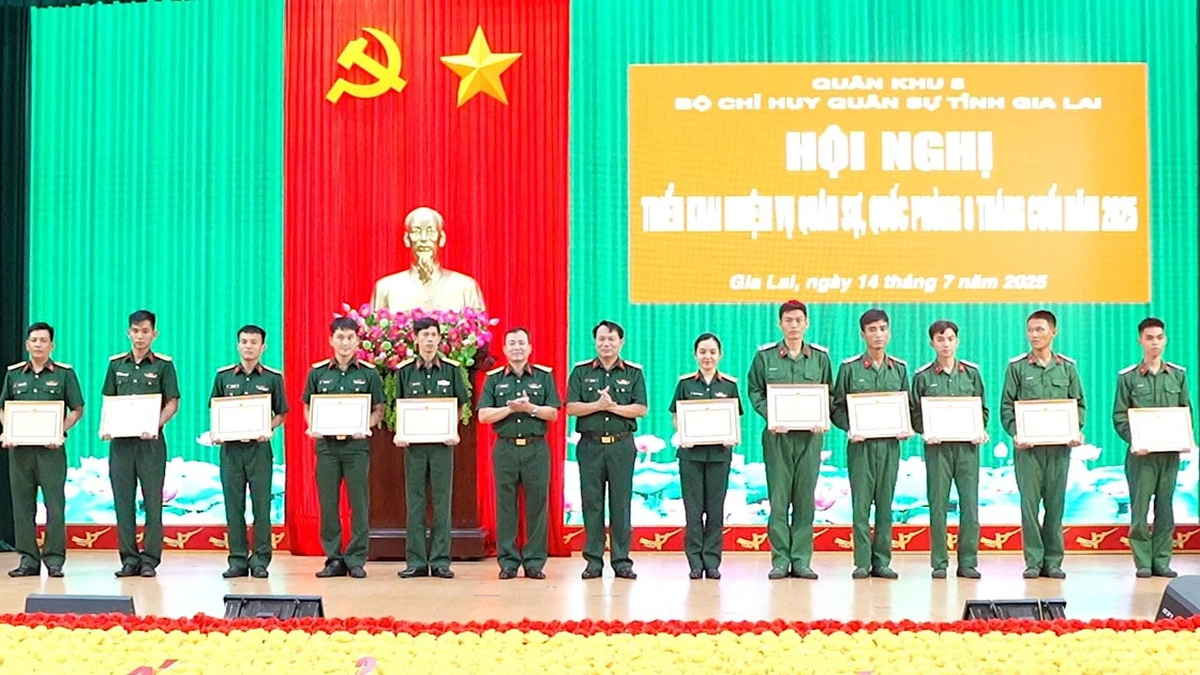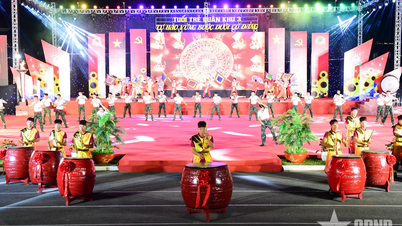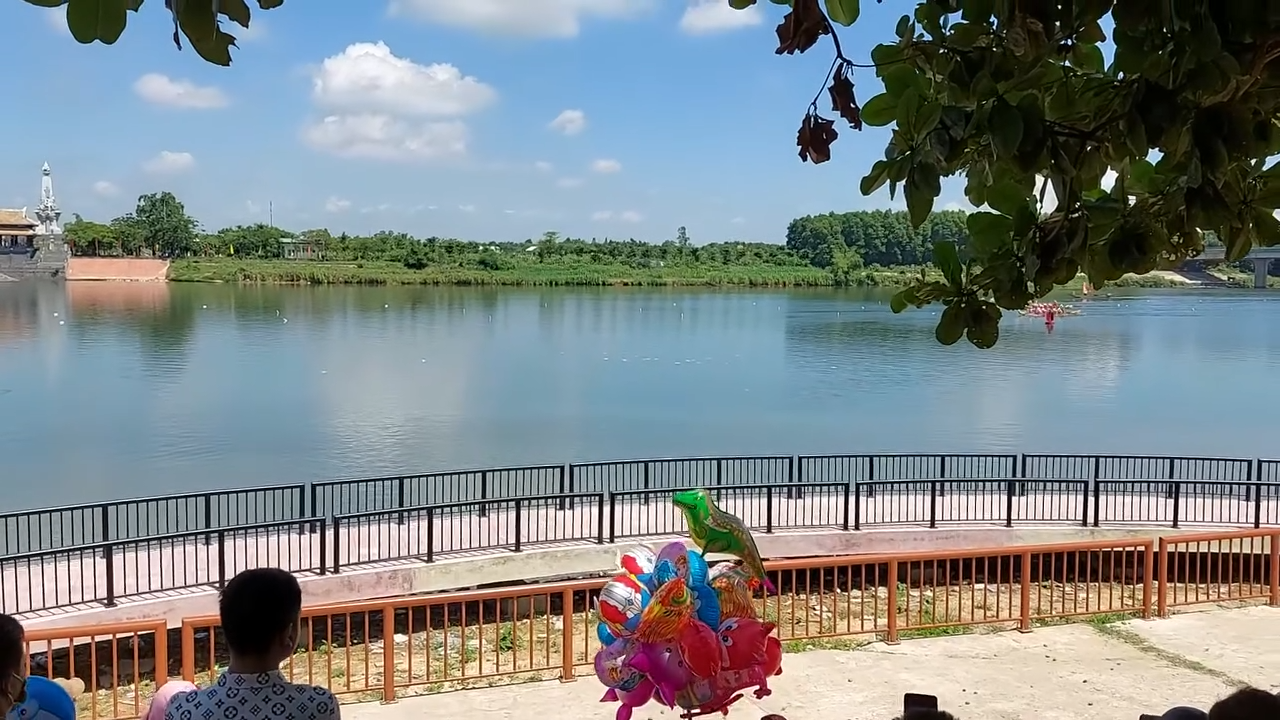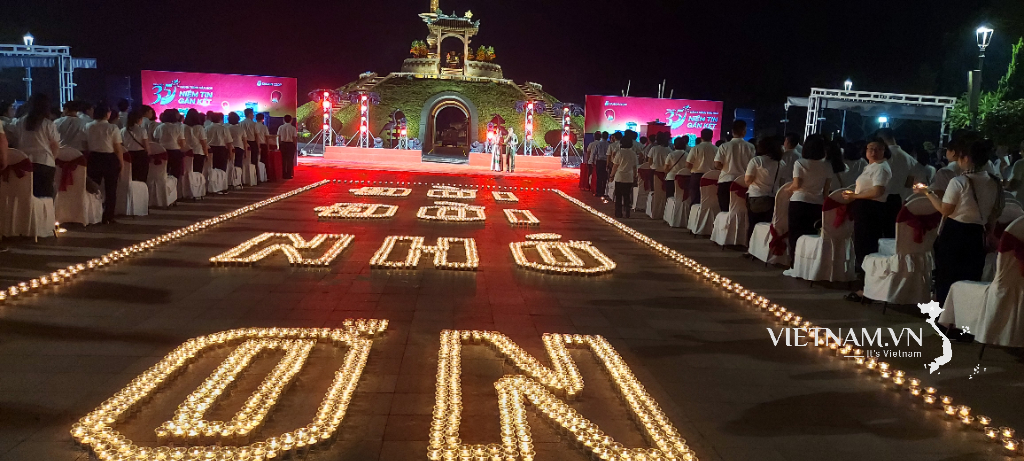Ta ba is a Buddhist term, an abbreviation of the phrase Ta ba world (娑婆世界) in Chinese, used to refer to the place we live (earth), the place where Buddha Shakyamuni appeared and taught sentient beings.
Saha is patience (堪忍), endurance, tolerance. All living beings living in this world (or Saha realm) must go through suffering and afflictions; can endure ten evils, which are killing; stealing; sexual misconduct; lying; nonsense; speaking cruel words; speaking two-faced words; and greed, anger, ignorance... therefore Saha is also called the world of patience (堪忍世界), meaning "the world of tolerance".
Ta Bà (娑婆) is also transcribed as Sa Bà . However, according to the Kangxi Dictionary , the word 娑 is transcribed as "Tố Hà Thiết" ( Quản Vận ) and "Táng Hà Thiết" ( Vận Hội, Chính Vận ), so it is transcribed as Ta . Therefore, here we use the term "Ta Bà Thế Giới" instead of "Sa Bà Thế Giới".
According to English Wikipedia, the Chinese transliterated sa ba (娑婆) from the Sanskrit word sahā (सहा) and assumed that sahā (सहा) meant "together" or "enduring", but in our opinion, the more accurate word should be सहन (international transliteration: sahana ; Sanskrit transliteration: sahai ), which means "patience, endurance", synonymous with the words that the Chinese translated from the word sa ba , which are patience (忍), patience (堪忍), patience (能忍) or patience of the earth (忍土).
In general, in addition to the word sa ba (娑婆), the Chinese have several ways to transcribe the term सहन ( sahana ), such as ta (sa) ha (沙訶); ta (sa) ha
(娑呵) or saha (索訶)… Many researchers believe that the world of saha originated from the word sahalokadhātu (सहलोकधातु) in Sanskrit, which is reasonable because sahalokadhātu means earth, i.e. the Three Thousand Great Thousand Worlds, where Buddha Shakyamuni taught - according to the Lotus Sutra (q.2); the Lotus Sutra (q.2) and the Great Tang Records on the Western Regions (q.1).
One of the earliest books in which the term "saha world" appears is the Ta (sa) la hai tan dun tich ky (娑羅海濱遯跡記), especially in the Ekottara Āgama - a traditional Northern Agama scripture, written in Sanskrit, translated by the Sangha of gods during the Qin Dynasty.
In general, "going to the saha world" means going everywhere (on this earth). The saha world also represents Jambudvīpa (जम्बुद्वीप), one of the four continents of ancient Indian cosmology, or the entire world. In some Buddhist scriptures, including the Lotus Sutra and the Vimalakīrti Sutra, the saha world is seen as either a world of suffering or a pure land in itself, the "Land of Eternally Tranquil Light." In the Lotus Sutra , Shakyamuni Buddha once said: "Since then, I have been constantly in this saha world, preaching the Dharma, teaching, and converting people" (Chapter 16: The Life Span of the Tathagata ).
Source link




































































































Comment (0)